Home>Articles>How Long Does It Take For A Space Heater To Heat A Room
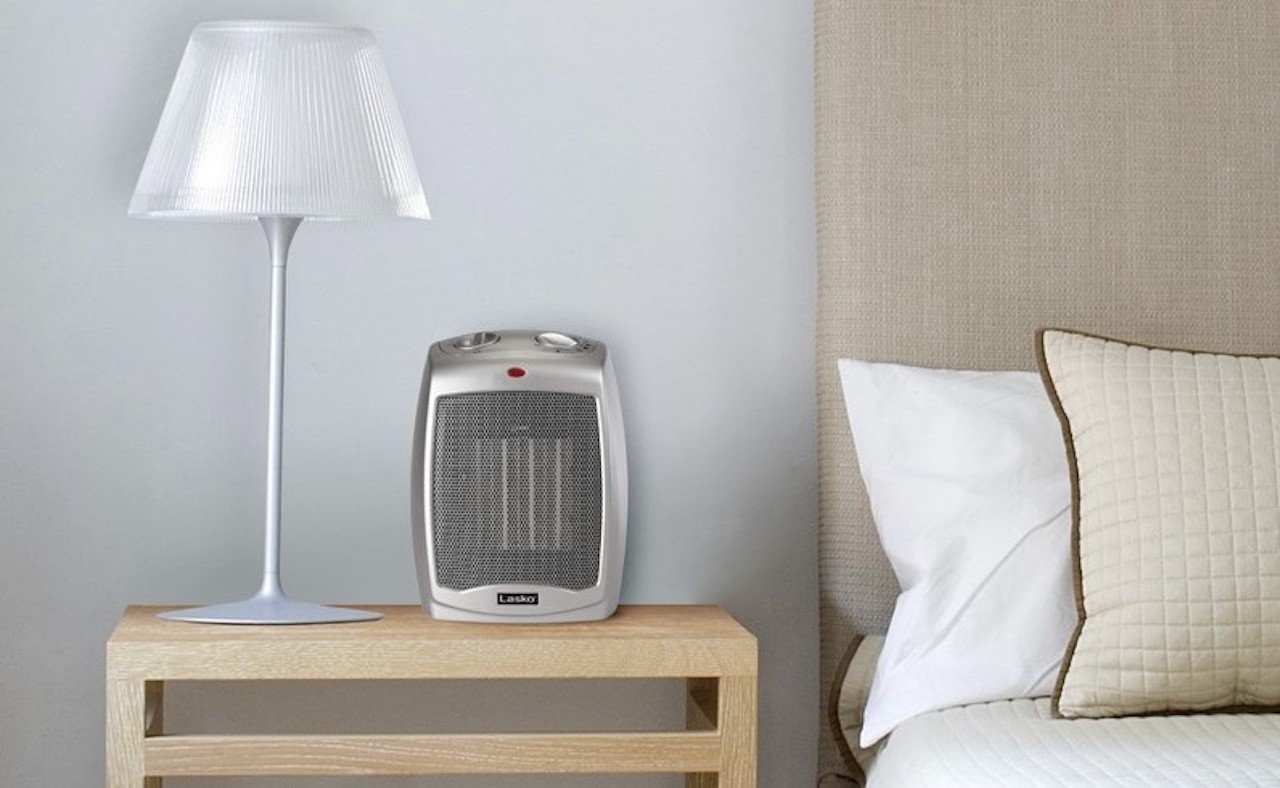

Articles
How Long Does It Take For A Space Heater To Heat A Room
Modified: January 5, 2024
Discover articles on how long it takes for a space heater to heat a room. Find expert insights and tips for efficient heating in this informative collection.
(Many of the links in this article redirect to a specific reviewed product. Your purchase of these products through affiliate links helps to generate commission for Storables.com, at no extra cost. Learn more)
Introduction
A space heater is an essential appliance for providing warmth and comfort during the colder months. Whether you want to heat a small room, a large living area, or even an office space, a space heater can quickly and efficiently warm up your surroundings. However, one common question people have is how long it takes for a space heater to heat a room.
In this article, we will explore the various factors that affect the heating time of a space heater, understand the average heating time for different room sizes, and provide valuable tips for efficiently heating a room. So, if you’re eager to cozy up your home or office, keep reading to find out all you need to know.
Key Takeaways:
- Understanding the factors affecting heating time, such as room size, insulation, and power of the space heater, can help manage expectations and make informed decisions for efficient heating.
- Implementing strategies like proper insulation, zoning, and utilizing timers can optimize space heater effectiveness, minimize energy consumption, and create a cozy environment while prioritizing safety.
Read more: How To Heat A Room Without A Space Heater
Understanding Space Heaters
Before we dive into the intricacies of heating time, it’s important to have a basic understanding of how space heaters work. Space heaters are portable devices that generate heat to warm up a specific area, such as a room or an office space. They typically operate on electricity or fuel sources like propane or natural gas.
There are different types of space heaters available, including convection heaters, radiant heaters, oil-filled heaters, ceramic heaters, and infrared heaters. Each type of heater utilizes a different heating mechanism, but they all aim to provide warmth and comfort in the desired space.
Convection heaters work by heating the air in the room. They draw in cold air, pass it over a heated element, and then circulate the warm air back into the room. Radiant heaters, on the other hand, emit infrared radiation that directly warms up people and objects in the room, similar to how the sun heats the earth.
Oil-filled heaters contain sealed compartments filled with oil. The oil is heated by an electric element, and it retains heat for a longer duration, allowing the heater to continue providing warmth even after it is turned off. Ceramic heaters use ceramic heating elements to generate heat, while infrared heaters emit infrared radiation that heats objects and surfaces directly.
Understanding the different types of space heaters can help you choose the right one for your particular needs. Some factors to consider when selecting a space heater include the size of the room, energy efficiency, safety features, noise levels, and portability.
Now that we have a basic understanding of space heaters, let’s explore the various factors that can affect the heating time of a space heater in the next section.
Factors Affecting Heating Time
Several factors come into play when determining the heating time of a space heater. Understanding these factors can help you manage your expectations and make informed decisions about the type of space heater to use and how to best utilize it for efficient heating.
1. Room Size: The size of the room is a crucial factor in determining the heating time. Larger rooms will naturally take longer to heat up compared to smaller ones. The heater needs to work harder to raise the temperature in a larger space.
2. Insulation: The insulation of the room greatly affects how quickly it can heat up. Well-insulated rooms can retain heat more effectively, allowing the space heater to work more efficiently. On the other hand, poorly insulated rooms will lose heat faster, requiring the heater to run longer to maintain a comfortable temperature.
3. Power of the Space Heater: The power or wattage of the space heater has a direct impact on the heating time. Higher wattage heaters generate more heat output, resulting in faster heating times. However, it’s important to ensure that the power usage is within the safe limits of the electrical circuit.
4. Temperature Setting: The temperature setting on the space heater also affects heating time. If you set the heater at a higher temperature, it will work harder and heat up the room faster. However, keep in mind that higher temperatures may result in increased energy consumption.
5. Thermostat Control: Some space heaters come with thermostat controls that allow you to set a specific temperature. Once the room reaches the desired temperature, the heater will automatically turn off or reduce its heat output. This can help save energy and prevent overheating.
6. Placement of the Space Heater: The placement of the space heater also plays a role in heating time. If the heater is obstructed or placed in an area with poor air circulation, it may take longer for the heat to distribute evenly throughout the room. Ensure that there is enough clearance around the heater for optimal heat flow.
7. Outdoor Temperature: The temperature outside the room can impact the heating time as well. If it’s extremely cold outside, the heater may take longer to heat up the room as it has to battle against the frigid air coming in through windows or poorly insulated walls.
Keep in mind that the above factors interact with each other, and the heating time can vary depending on the specific circumstances. It’s always a good idea to consider these factors and adjust your expectations accordingly when using a space heater to heat a room.
In the next section, we will explore the typical heating time for different room sizes to give you a better idea of what to expect.
To heat a room efficiently, place the space heater in a central location, close doors and windows, and use a fan to circulate the warm air. It typically takes 10-30 minutes for a space heater to heat a small to medium-sized room.
Typical Heating Time for Different Room Sizes
The time it takes for a space heater to heat a room can vary depending on the size of the room. Here’s a general guideline for the typical heating time for different room sizes:
- Small Rooms: Small rooms, such as a bedroom or a small office, can typically be heated in about 10 to 20 minutes with an appropriately-sized space heater. These rooms usually range from 100 to 300 square feet.
- Medium Rooms: Medium-sized rooms, like a living room or a master bedroom, may take around 20 to 30 minutes to heat up. These rooms typically range from 300 to 600 square feet.
- Large Rooms: Larger rooms, such as a spacious living room or a family room, may require 30 minutes to an hour to reach a comfortable temperature. These rooms can range from 600 to 1000 square feet or more.
- Open Floor Plans: Open floor plans, where multiple connected spaces are heated together, may take longer to heat up compared to individual rooms. The heating time for open floor plans can vary depending on the size and layout of the space.
- Drafty or Poorly Insulated Rooms: If the room has draughts or poor insulation, the heating time may be longer as the heat can escape more easily. In such cases, consider using additional insulation or draught excluders to reduce heat loss.
Keep in mind that these are rough estimates and can vary based on the factors mentioned earlier. The heating time can also be influenced by the power of the space heater, insulation, and the desired temperature. It’s a good idea to allow some extra time for the heater to reach the desired temperature and adjust accordingly based on your specific circumstances.
Now that we have a better understanding of the typical heating time for different room sizes, let’s explore some tips for efficiently heating a room in the next section.
Tips for Efficiently Heating a Room
When it comes to heating a room efficiently, there are several strategies you can employ to maximize the effectiveness of your space heater and minimize energy consumption. Here are some practical tips to help you achieve optimal heating:
- Proper Insulation: Ensure that the room is properly insulated to prevent heat loss. Seal any gaps around windows, doors, and walls. Consider using weatherstripping or caulking to eliminate drafts.
- Close Doors and Windows: Keep doors and windows closed while the space heater is running to prevent cold air from entering and warm air from escaping. This will help the heater work more efficiently and heat the room faster.
- Use a Door Sweep: Install a door sweep at the bottom of doors to prevent cold drafts from coming in. This can significantly reduce heat loss and improve the overall heating efficiency of the room.
- Zoning: If you have a larger home or multiple rooms, consider using space heaters strategically in specific areas rather than trying to heat the whole house. This allows you to focus on heating the rooms that are being utilized, saving energy in unoccupied areas.
- Optimal Temperature Setting: Set your thermostat or space heater to a comfortable but energy-efficient temperature. Lowering the temperature by a few degrees can make a significant impact on energy consumption while still providing adequate warmth.
- Utilize Timers: Take advantage of timers or programmable thermostats to automatically adjust the heating schedule. Set them to turn on a little earlier before you enter the room and turn off when you don’t need the heater anymore.
- Consider Supplemental Heating: Instead of relying solely on a space heater, consider using it as supplemental heating along with other heating sources, such as central heating or a fireplace. This can help distribute heat more evenly and reduce the workload on the space heater.
- Regular Maintenance: Keep your space heater clean and well-maintained to ensure optimal performance. Dust and debris can affect its efficiency. Follow the manufacturer’s instructions for cleaning and maintenance.
- Safety Measures: Always prioritize safety when using a space heater. Keep flammable materials away from the heater, never leave it unattended, and ensure it is placed on a stable surface. Follow all safety guidelines provided by the manufacturer.
By implementing these tips, you can improve the efficiency of your space heater and create a cozy and comfortable environment while minimizing energy consumption and costs.
As we conclude, it’s important to remember that while space heaters can provide warmth and comfort, it is essential to use them responsibly and safely. Always read the manufacturer’s instructions and guidelines before using a space heater and follow recommended safety practices.
With the right knowledge and precautions, you can enjoy the benefits of a space heater and efficiently heat your room for a cozy and enjoyable experience.
Conclusion
Space heaters are a convenient and efficient way to provide warmth and comfort in your home or office. By understanding the factors that affect heating time, the typical heating time for different room sizes, and implementing efficient heating strategies, you can maximize the effectiveness of your space heater while minimizing energy consumption.
Remember to consider the size of the room, the insulation, the power of the space heater, and the temperature and thermostat settings. Placement of the space heater and the outdoor temperature also play a role in heating time. By taking these factors into account, you can manage your expectations and make informed decisions regarding your heating needs.
Additionally, implementing tips for efficient heating, such as proper insulation, closing doors and windows, using door sweeps, and utilizing timers, can help you optimize your heating practices and save on energy costs. Supplemental heating and regular maintenance are also important factors to consider.
However, it’s crucial to prioritize safety when using a space heater. Follow all safety guidelines provided by the manufacturer, keep flammable materials away from the heater, and never leave it unattended.
In conclusion, with the right knowledge and precautions, space heaters can effectively heat a room and create a cozy environment for you and your family or colleagues. By understanding the factors and implementing efficient heating strategies, you can enjoy the warmth and comfort provided by your space heater while being mindful of energy consumption and safety.
Stay warm, stay safe!
Frequently Asked Questions about How Long Does It Take For A Space Heater To Heat A Room
Was this page helpful?
At Storables.com, we guarantee accurate and reliable information. Our content, validated by Expert Board Contributors, is crafted following stringent Editorial Policies. We're committed to providing you with well-researched, expert-backed insights for all your informational needs.
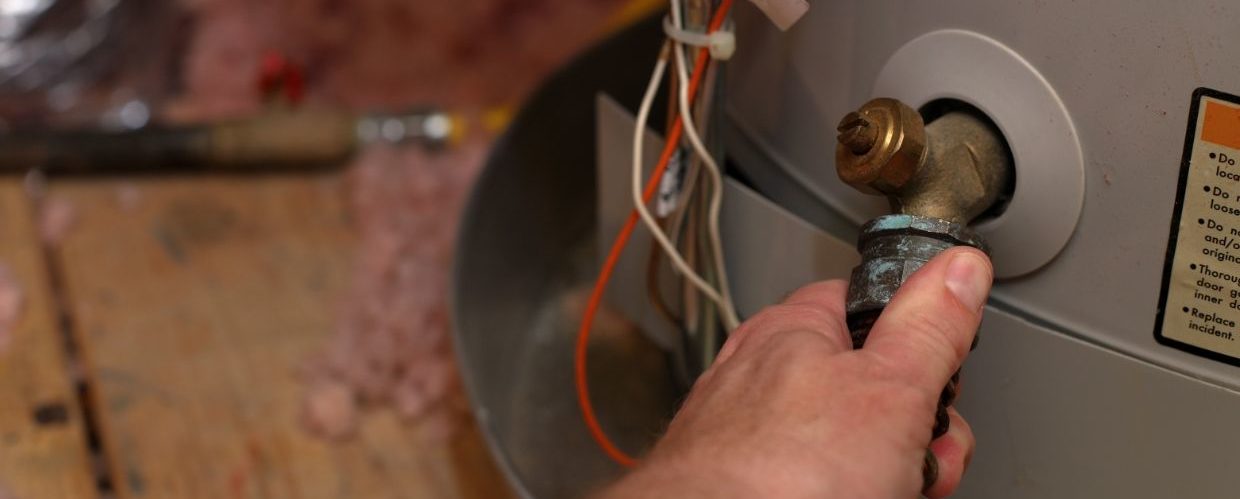
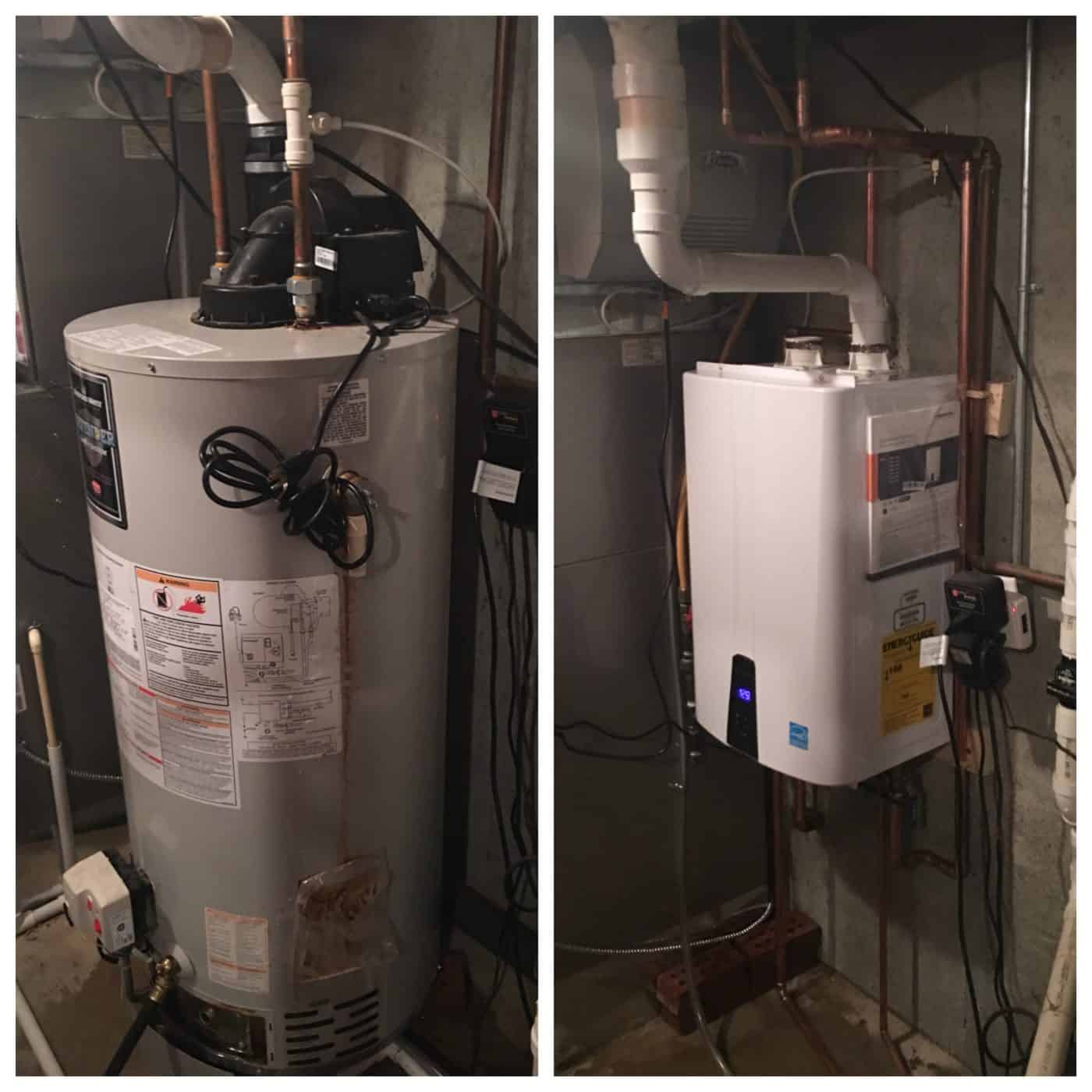




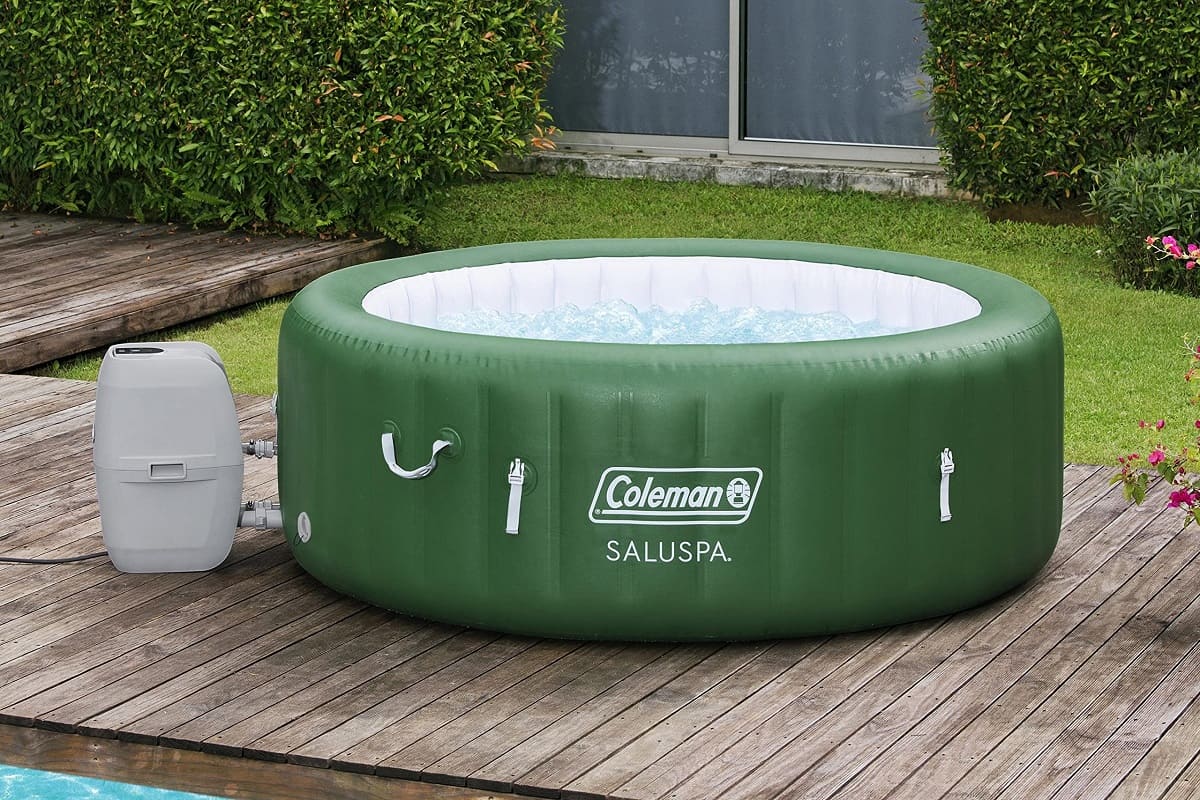
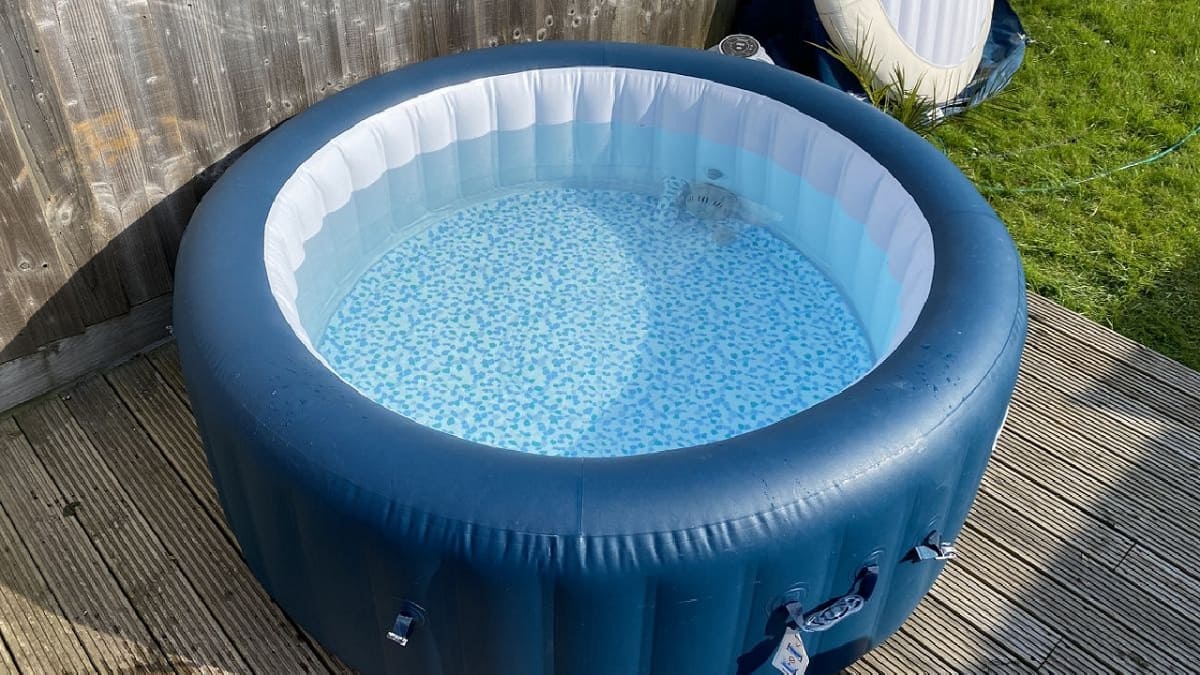
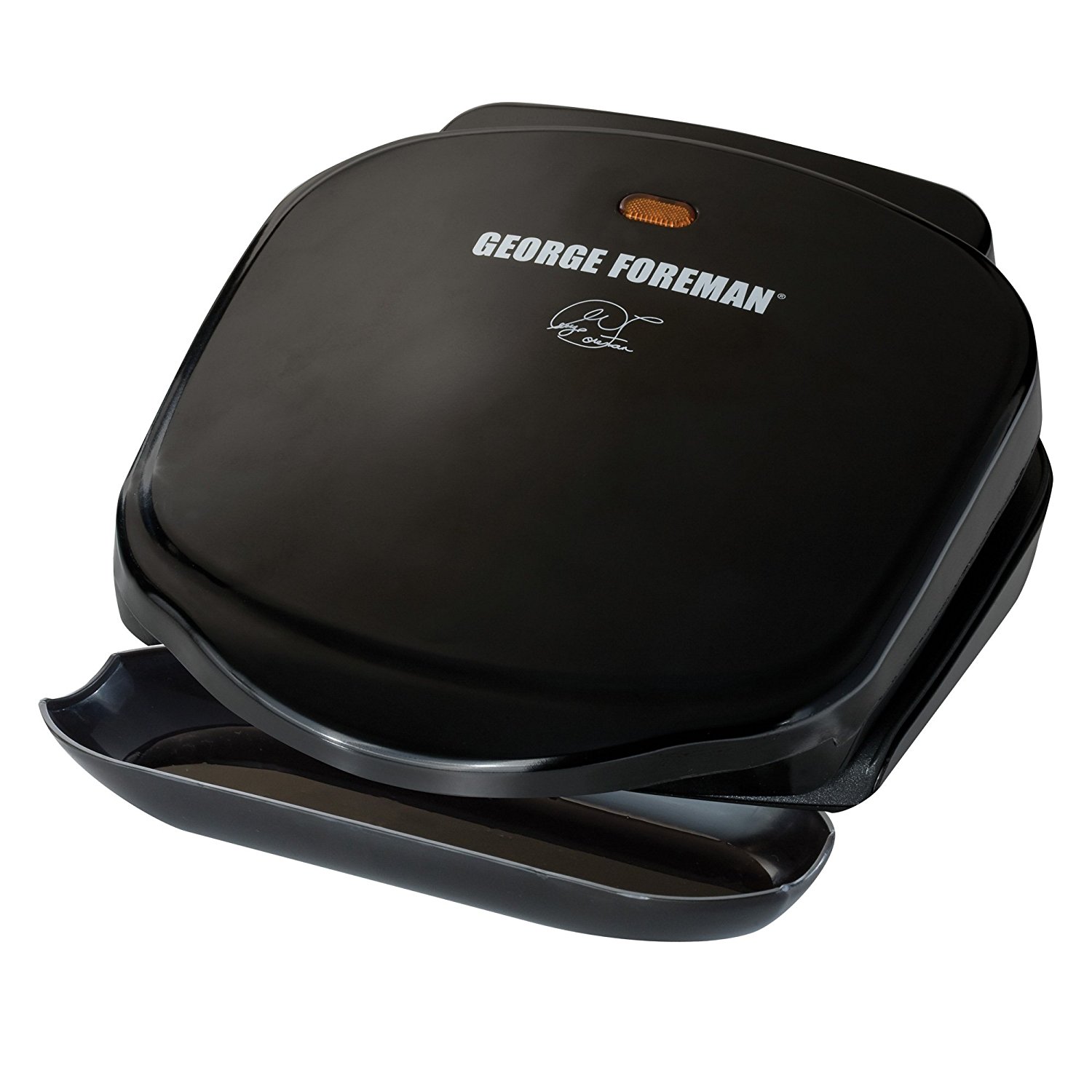
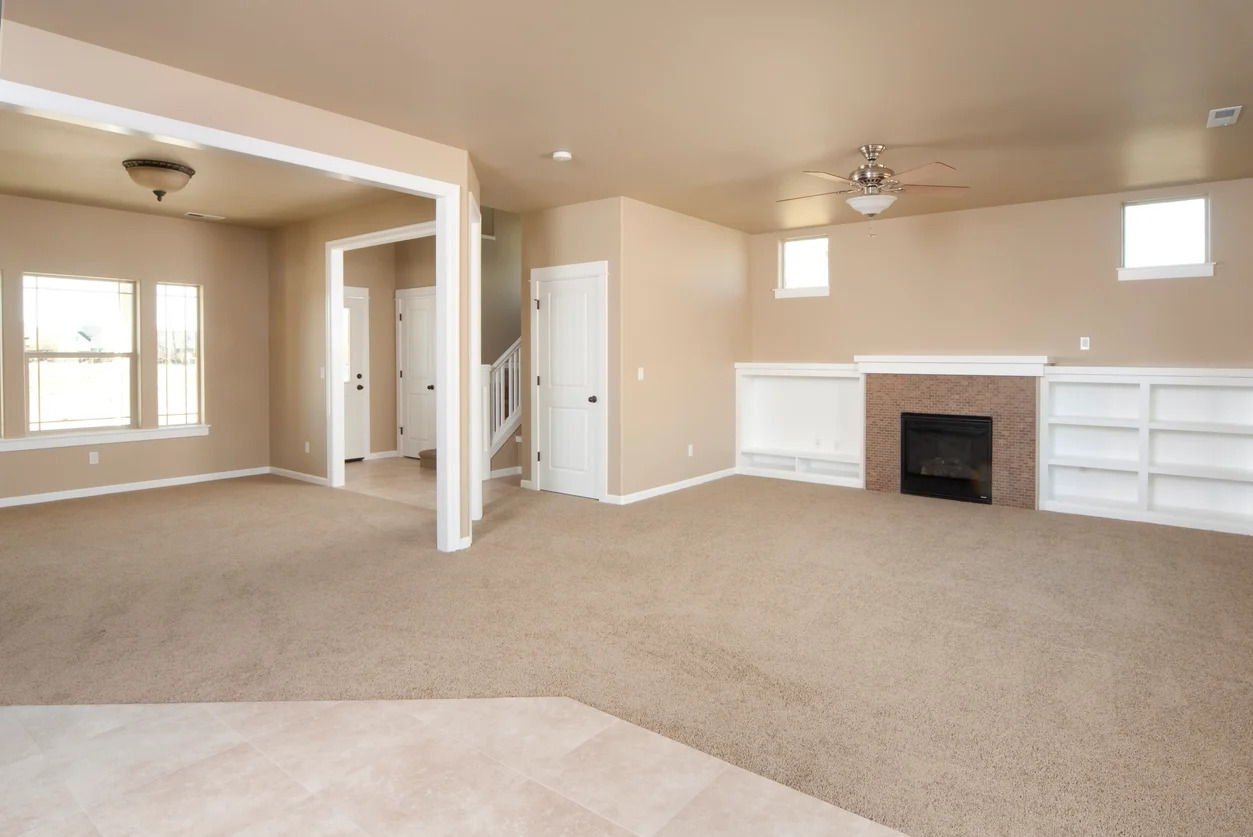
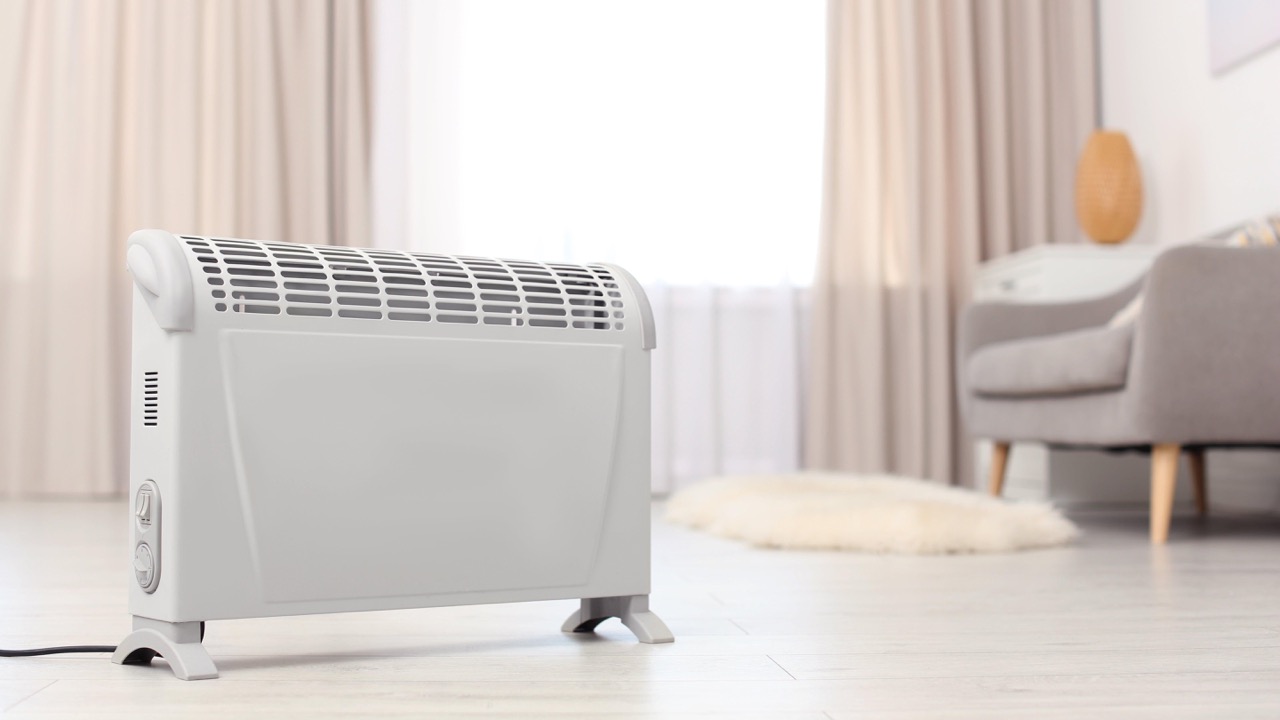
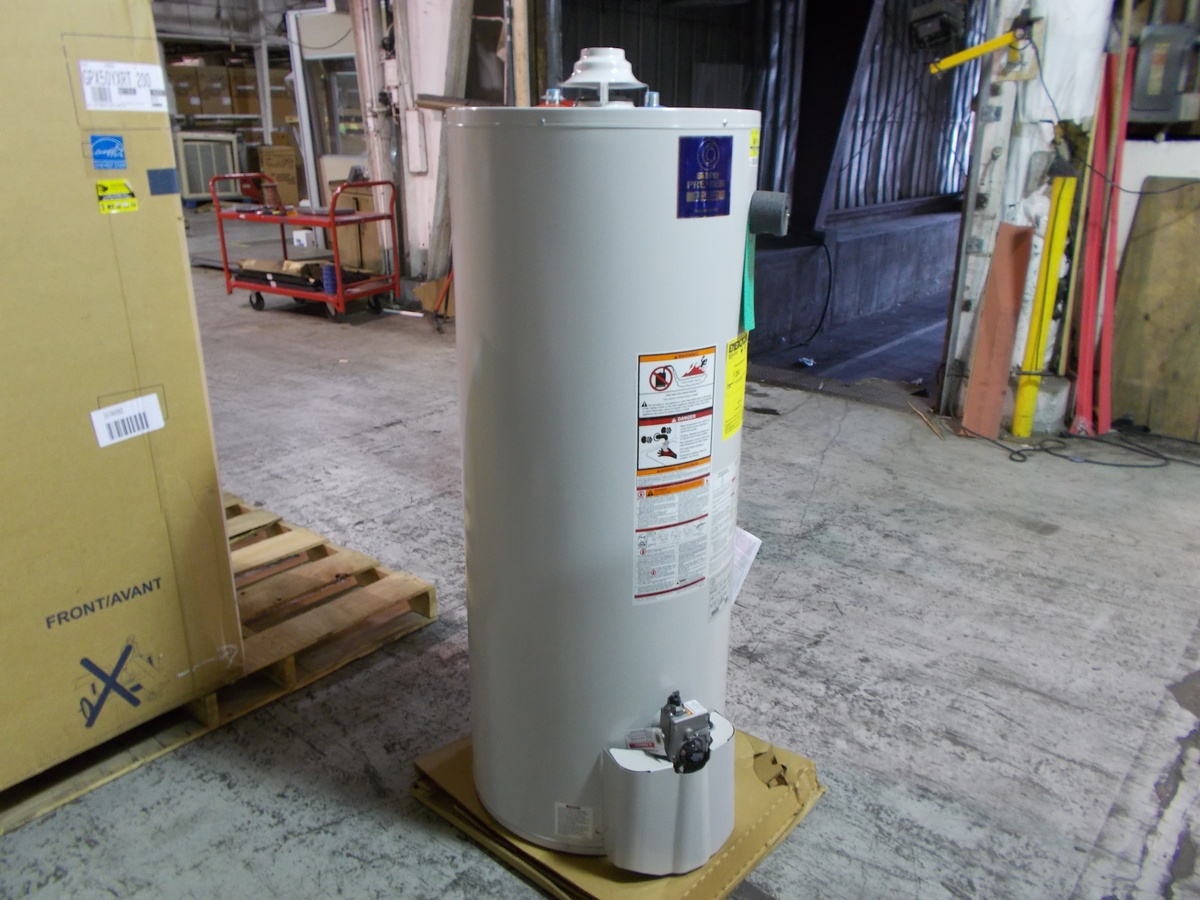
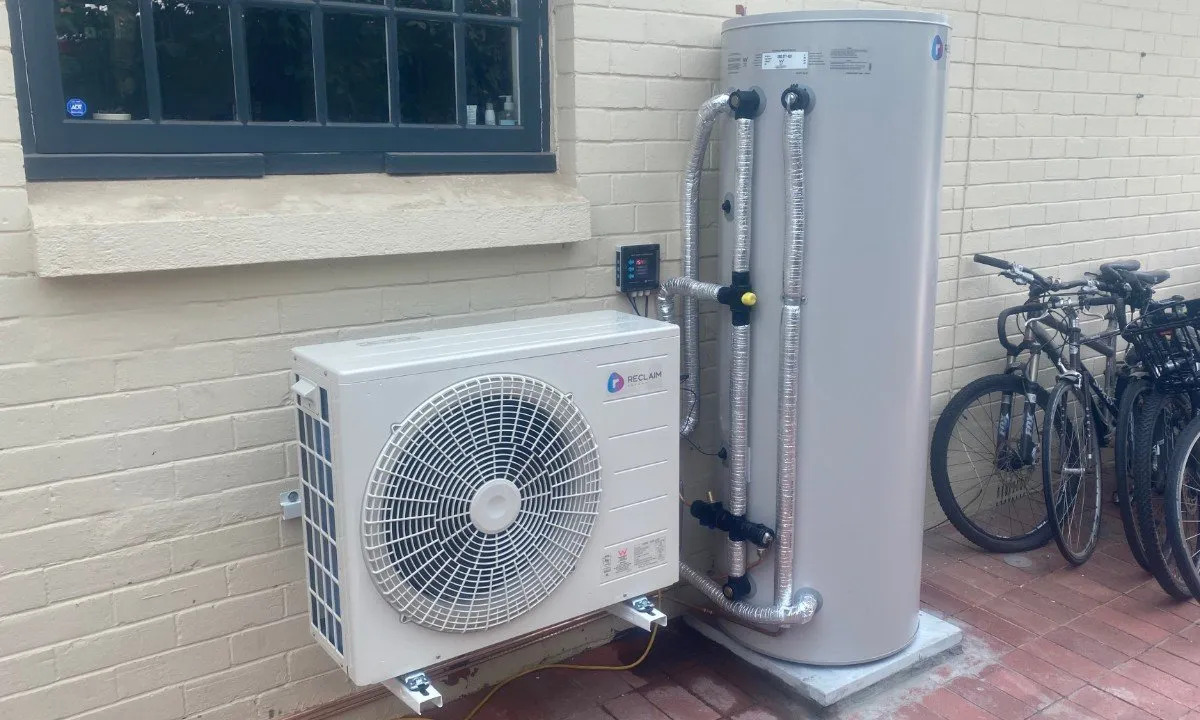
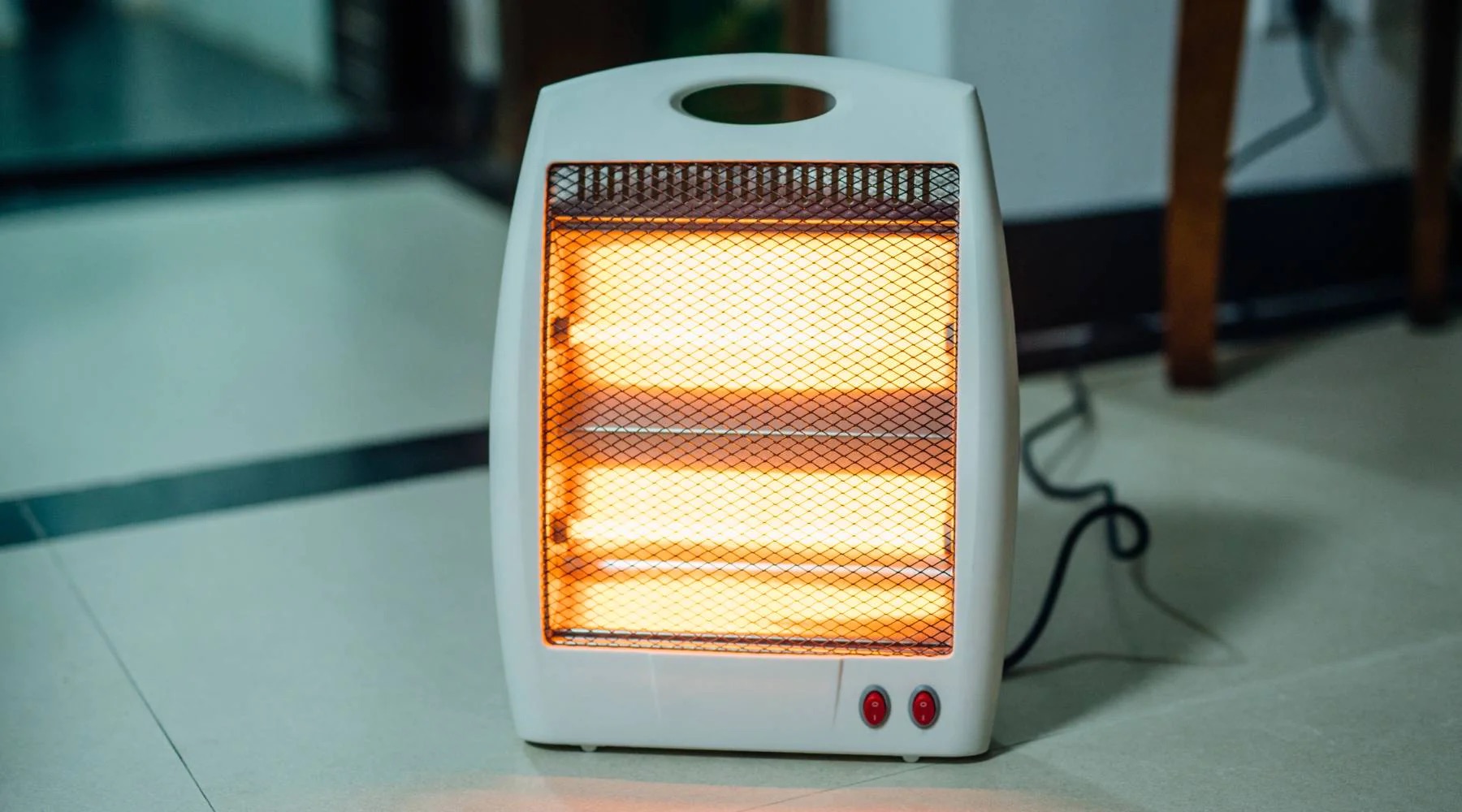

0 thoughts on “How Long Does It Take For A Space Heater To Heat A Room”